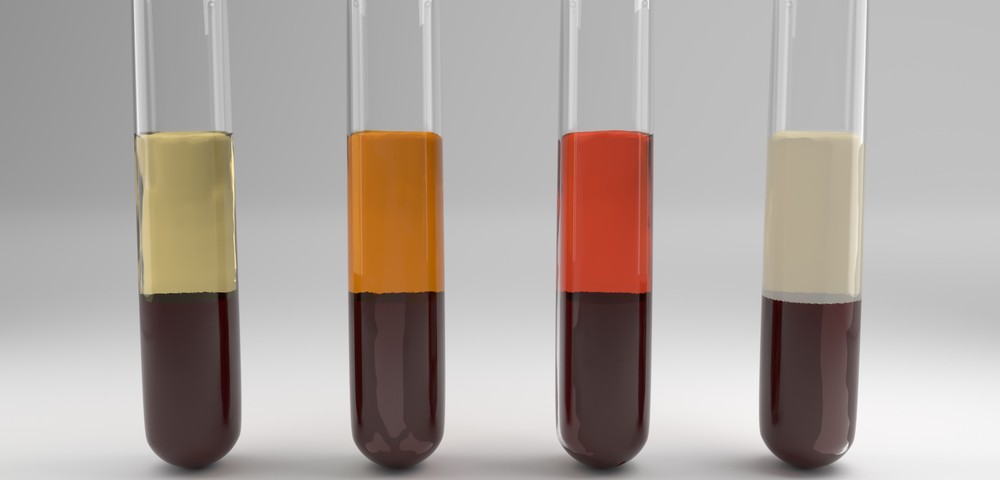In a new study entitled “Serum Bilirubin and 6-min Walk Distance as Prognostic Predictors for Inoperable Chronic Thromboembolic Pulmonary Hypertension: A Prospective Cohort Study,” researchers found that serum total bilirubin and performance on the 6MWT are potential predictors for poor prognosis in inoperable CTEPH. The study was published in the Chinese Medical Journal.
Chronic thromboembolic pulmonary hypertension (CTEPH) is a serious clinical syndrome characterized by obstruction of the pulmonary arteries, leading to heart right failure. Approximately 20 to 40% of CTEPH patients are inoperable (the current most appropriate treatment is pulmonary endarterectomy, a surgical procedure for removing blood clots from the pulmonary arteries in the lungs), carrying a high death risk.
Liver dysfunction is a severe consequence of heart failure, and in fact markers in patients blood of liver dysfunction were shown to carry prognostic value in decompensated heart failure. However, whether if the same is applicable to inoperable CTEPH patients was unknown.
In this new study, researchers recruited 77 consecutive patients with inoperable CTEPH without confounding co-morbidities (the recruitment process occurred between June 2005 to May 2013). Patients’ mean age was 57 years old and 53% patients were female. The team collected patients’ baseline clinical characteristics and 6-min walk distance (6MWD) together with markers of liver function, specifically aspartate aminotransferase (AST), alanine aminotransferase (ALT), amma-glutamyl transferase (GGT), uric acid (UA), and serum bilirubin. The mean follow-up was of 32 months and during this period 22 patients (29%) died, mainly of right heart failure (21 patients).
Inoperable CTEPH patients exhibited above normal values of serum total bilirubin, direct bilirubin, GGT, and N-terminal pro b-type natriuretic peptide (NT-proBNP); the levels of AST, ALT, and UA were within the normal ranges. Moreover, when comparing to the normal population, patients had shorter 6MWD and higher increased central venous pressure and pulmonary vascular resistance, which the team found associated with an increased risk of mortality.
The levels of serum total bilirubin and performance on the 6MWT correlated with disease severity. The team found that the total bilirubin levels and the 6MWD were both strong independent prognostic predictors for CTEPH patients, with hyperbilirubinemia (too much bilirubin in the blood) patients with a poor prognosis when compare to normobilirubinemia (normal levels of blood bilirubin). These findings may help to identify inoperable CTEPH high-risk patients and improve overall prognosis.

